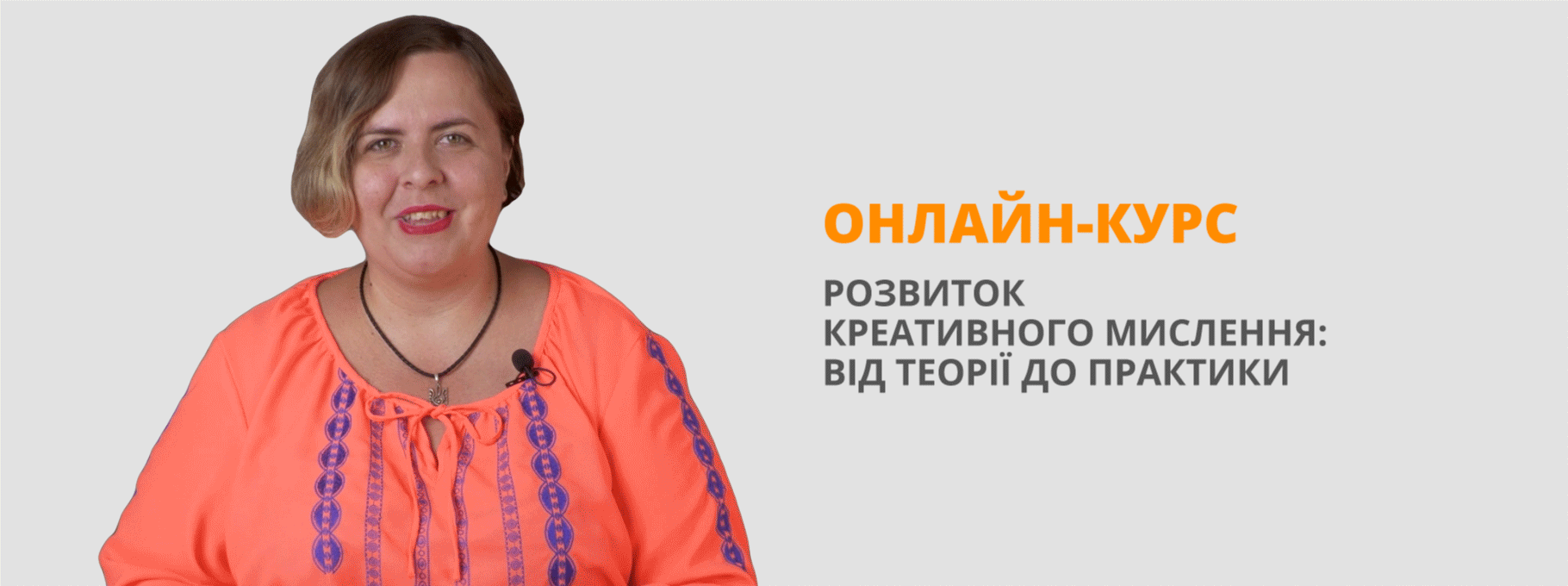The United States Today
The United States Today
The Constitution of the United States, written more than 200 years ago, established the US as a federal republic. Federal means that power is shared between a national government and the state governments, and in a republic, the people vote for leaders to represent them and to guard their rights.
The writers of the US Constitution separated the federal government’s power among three branches — the executive, the legislative, and the judicial.
The executive branch is headed by the President and includes executive departments and independent agencies. As chief executive, the President enforces federal laws, commands the armed forces, and conducts foreign affairs. The people elect the President to a four-year term through the electoral college, but no President can serve more than two terms.
The legislative branch is represented by the Congress, which is made up of two houses — the House of Representatives and the Senate. It also includes various agencies. The legislative branch makes the laws of the nation. Its powers include raising money through taxes, regulating trade between states, and declaring war.
The number of representatives each state sends to the House of Representatives depends on the population of the state. However, regardless of its size or population, each state sends just two senators to Congress.
The judicial branch of the United States is a system of courts. The highest court in the land is the Supreme Court of the United States. The nine justices of the Supreme Court interpret the Constitution and hear cases that involve federal laws.
In addition to these specific powers, each branch of government has powers that check or balance the powers of the other two branches. For example, the President can veto bills from Congress and appoint the justices of the Supreme Court. Congress can override presidential vetoes and organize the federal courts. And the Supreme Court can declare executive orders and laws unconstitutional. This system of checks and balances prevents any branch from becoming too powerful.
Each of the 50 states can exercise powers given to the states — or not denied them-by the Constitution. Each state has its own constitution, with an executive branch (headed by a governor), a legislative branch (headed by a state legislature), and a judicial branch (headed by a state supreme court).
Some of the powers exercised by the states include the maintenance of law and order, administration of health and welfare services, and the regulation of business. The states also have the major responsibility for public education.
Government plays a major role in the US economy. Federal, state, and local governments employ about a fifth of all workers and buy a fifth of all the goods and services produces in the US. The federal government spends part of its budget on social security benefits for American people, and both federal and state governments provide medical and welfare aid for the elderly and for the needy.


про публікацію авторської розробки
Додати розробку
